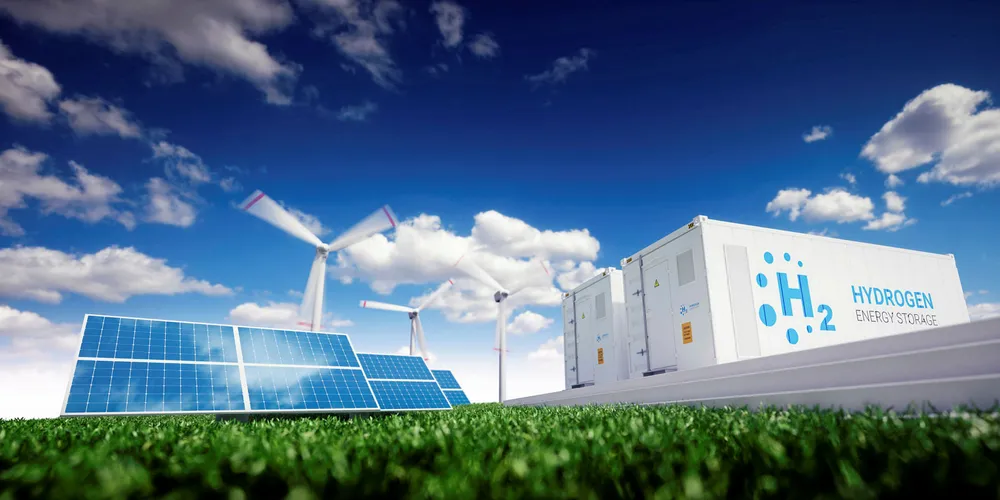IEA: World needs major investment in clean hydrogen
Landmark report from International Energy Agency suggests widespread use of hydrogen may be essential to meeting global climate targets

Landmark report from International Energy Agency suggests widespread use of hydrogen may be essential to meeting global climate targets
